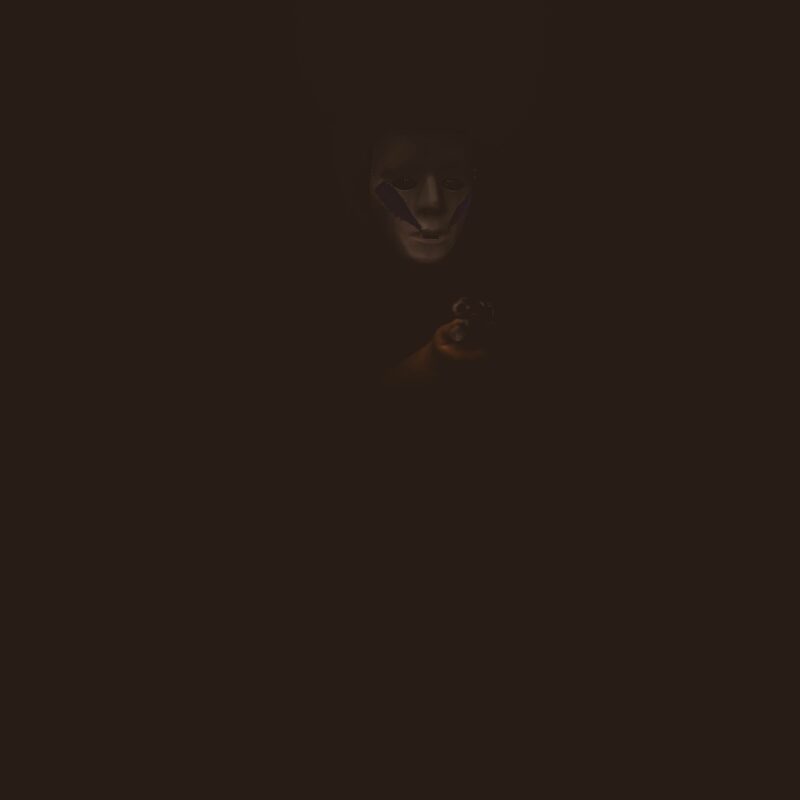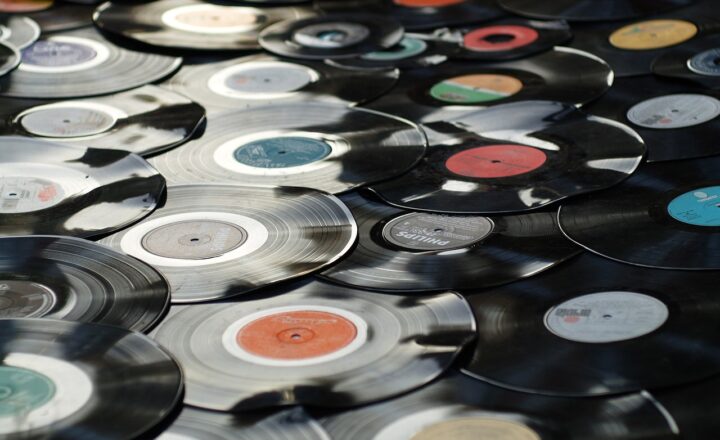The Horror Movie Scenes That Are So Iconic They Became Cultural Phenomena
November 17, 2024

Horror movies have a unique ability to evoke strong emotions, crafting lasting impressions on audiences worldwide. From spine-chilling moments to memorable characters, certain scenes have transcended their films, becoming cultural phenomena recognized even outside the horror fan community. This article delves into the scenes that have left an indelible mark on pop culture, influencing filmmakers, fashion, and even societal conversations about fear and morality.
1. The Shower Scene from “Psycho” (1960)
Alfred Hitchcock’s “Psycho” isn’t just another horror movie; it’s a masterclass in psychological horror. The iconic shower scene features Marion Crane, played by Janet Leigh, who meets an untimely demise at the hands of a mysterious assailant. This scene revolutionized horror cinematic language and is widely regarded as one of the greatest film sequences of all time.
- Cinematic Techniques: Hitchcock employed rapid cuts, shrill violins, and close-ups to heighten the tension, creating an atmosphere of dread.
- Cultural Impact: The scene has influenced countless parodies and homages, becoming a symbol of vulnerability, especially within domestic spaces.
- Legacy: It has sparked discussions about violence against women in film and remains a topic for film students studying suspense and horror techniques.
2. The Exorcism Scene from “The Exorcist” (1973)
Widely regarded as one of the scariest movies of all time, “The Exorcist” features multiple unforgettable scenes, but none quite as impactful as the exorcism itself. With Regan MacNeil’s chilling transformation and unsettling behavior, the film explores themes of possession, sanity, and faith.
- Realism: The use of practical effects, such as animatronics and makeup, created disturbingly believable moments that horrified audiences.
- Cultural Reactions: Similar to “Psycho,” this scene incited conversations about the portrayal of violence and religion in cinema, along with creating a spike in interest around exorcisms in popular culture.
- Influence: Numerous films and media references have echoed these themes, making it a cornerstone for horror narratives dealing with possession and morality.
3. The Chestburster Scene from “Alien” (1979)
In Ridley Scott’s “Alien,” the gruesome chestburster scene is not only shocking for its horror but also groundbreaking in special effects and storytelling. It reinforced that horror could inhabit science fiction whilst delivering unexpected gore.
- Shock and Surprise: The scene is famous for its unexpected nature; even the cast was kept in the dark about the chestburster’s true nature, capturing genuine terror on camera.
- Cinematic Legacy: It set a paradigm for creature-feature horror, influencing countless films with similar alien themes and body horror tropes.
- Merchandise and Product Lines: The unforgettable image of the alien bursting forth has inspired merchandise ranging from action figures to Halloween costumes.
4. “Here’s Johnny!” Scene from “The Shining” (1980)
Stanley Kubrick’s “The Shining” features one of the most parodied lines in film history. Jack Nicholson’s iconic performance as Jack Torrance combines surrealist terror with psychological horror, making the line “Here’s Johnny!” synonymous with madness and violence.
- Psychological Depth: The character’s descent into madness is depicted through tense cinematography and unsettling music, making viewers uneasy long before the climactic scene.
- Cultural Homage: The use of this quote permeates pop culture, from late-night shows to satirical memes, emphasizing its impact beyond horror itself.
- Analysis and Themes: This scene has become a focal point for dissecting themes such as isolation, family disintegration, and the nature of evil in human beings.
5. The Final Jump Scare from “The Sixth Sense” (1999)
M. Night Shyamalan’s “The Sixth Sense” redefined how twist endings can dramatically alter the narrative. The final revelation of Malcolm Crowe, played by Bruce Willis, delivers a powerful emotional punch while also cultivating horror in the most subtle way.
- Narrative Mastery: The build-up of suspense is executed impeccably, leading to a conclusion that reshapes the entire film, leaving a lasting impression on viewers.
- Cultural Dialogue: This scene has sparked discussions about the efficacy of twist endings in storytelling and their place in the horror genre, influencing many filmmakers to follow suit.
- Legacy: Shyamalan’s twist techniques have since become a mainstream trope, commonly adopted in various genres beyond horror.
6. The Slasher Reveal in “Scream” (1996)
Wes Craven’s “Scream” redefined the slasher film, merging self-awareness with genuine horror. The visceral tension in the telephone scene, leading to the reveal of Ghostface as a typical slasher villain, showcases a unique commentary on horror tropes themselves.
- Meta Commentary: Scream cleverly acknowledges horror conventions while simultaneously subverting them, encouraging audiences to think critically about the genre’s formula.
- Cultural Legacy: This self-reflexivity birthed a revival for slasher films, with many imitating Scream’s approach to character tropes and storytelling devices.
- Influence on Pop Culture: The Ghostface mask has become a staple on Halloween and in pop culture discussions, representing a blend of nostalgia and terror.
Conclusion
These iconic horror movie scenes do more than just terrify; they resonate with multiple generations, provoking thought and analysis long after the credits roll. By examining the techniques, themes, and legacies of these scenes, we can appreciate how they’ve influenced not only the horror genre but also broader aspects of culture and society. Through their innovation and impact, these films remind us that terror can manifest in countless forms, each leaving its unique mark on our collective consciousness.
If you’re a horror enthusiast or an aspiring filmmaker, take a moment to acknowledge these pivotal scenes that helped shape the genre as we know it today.






